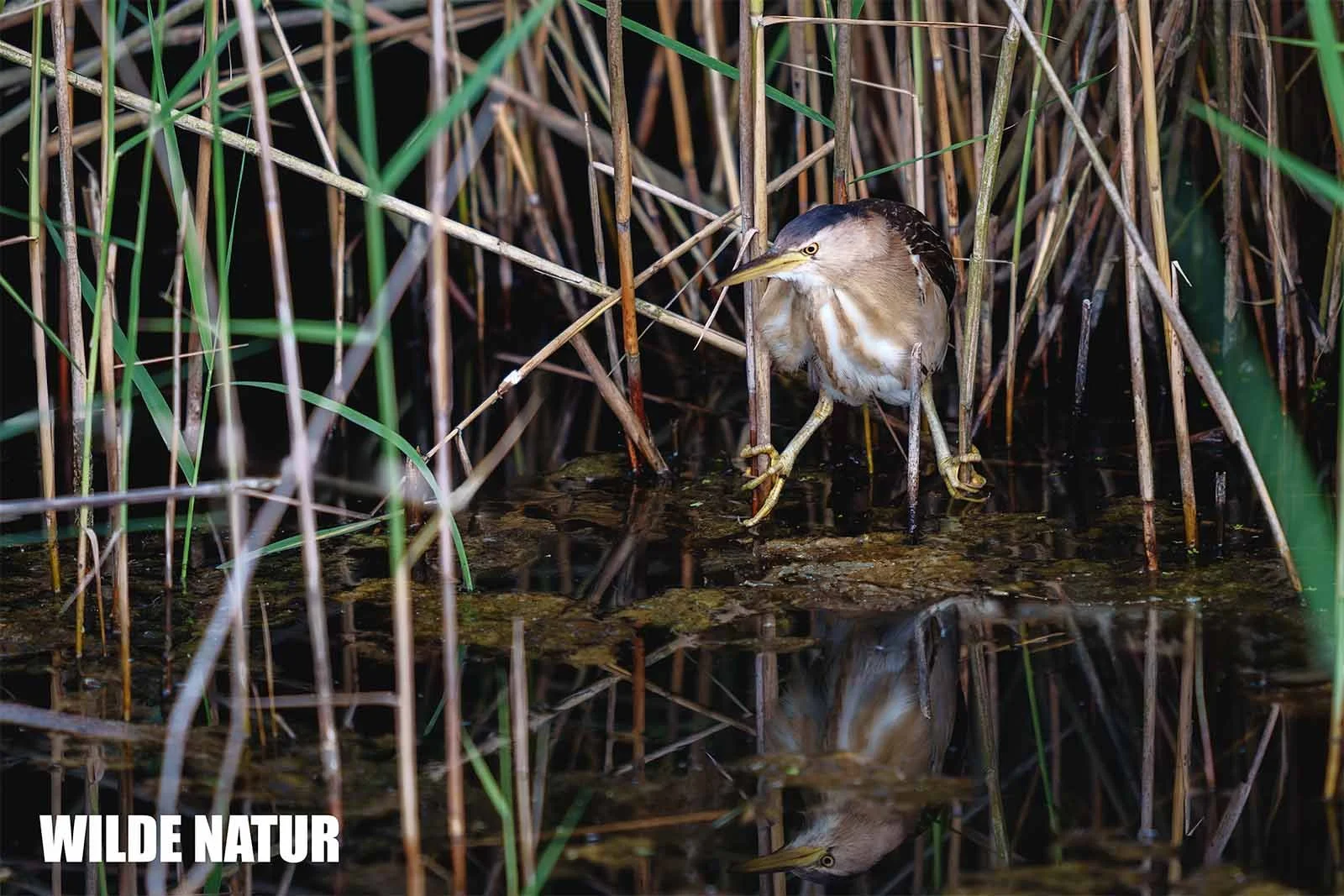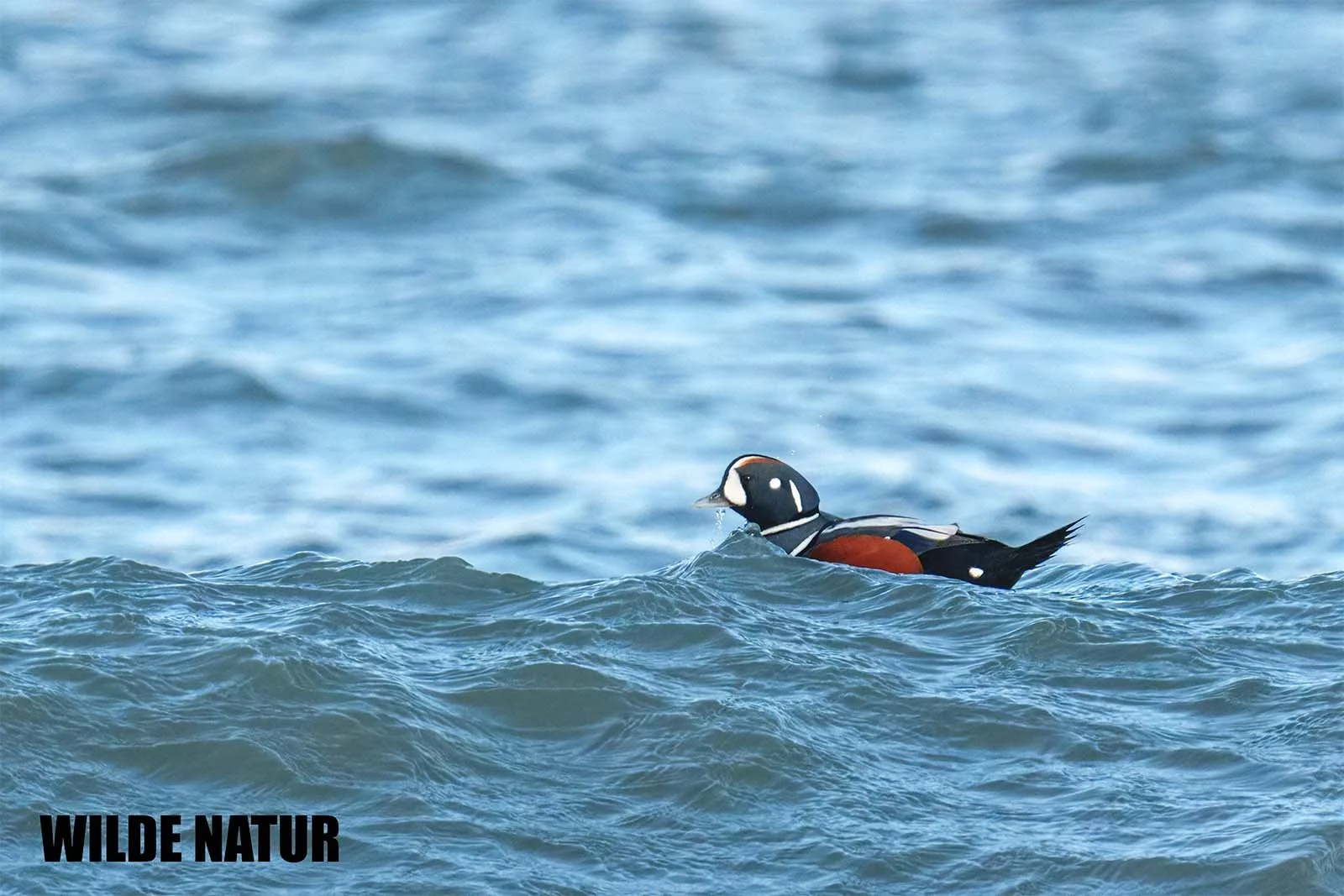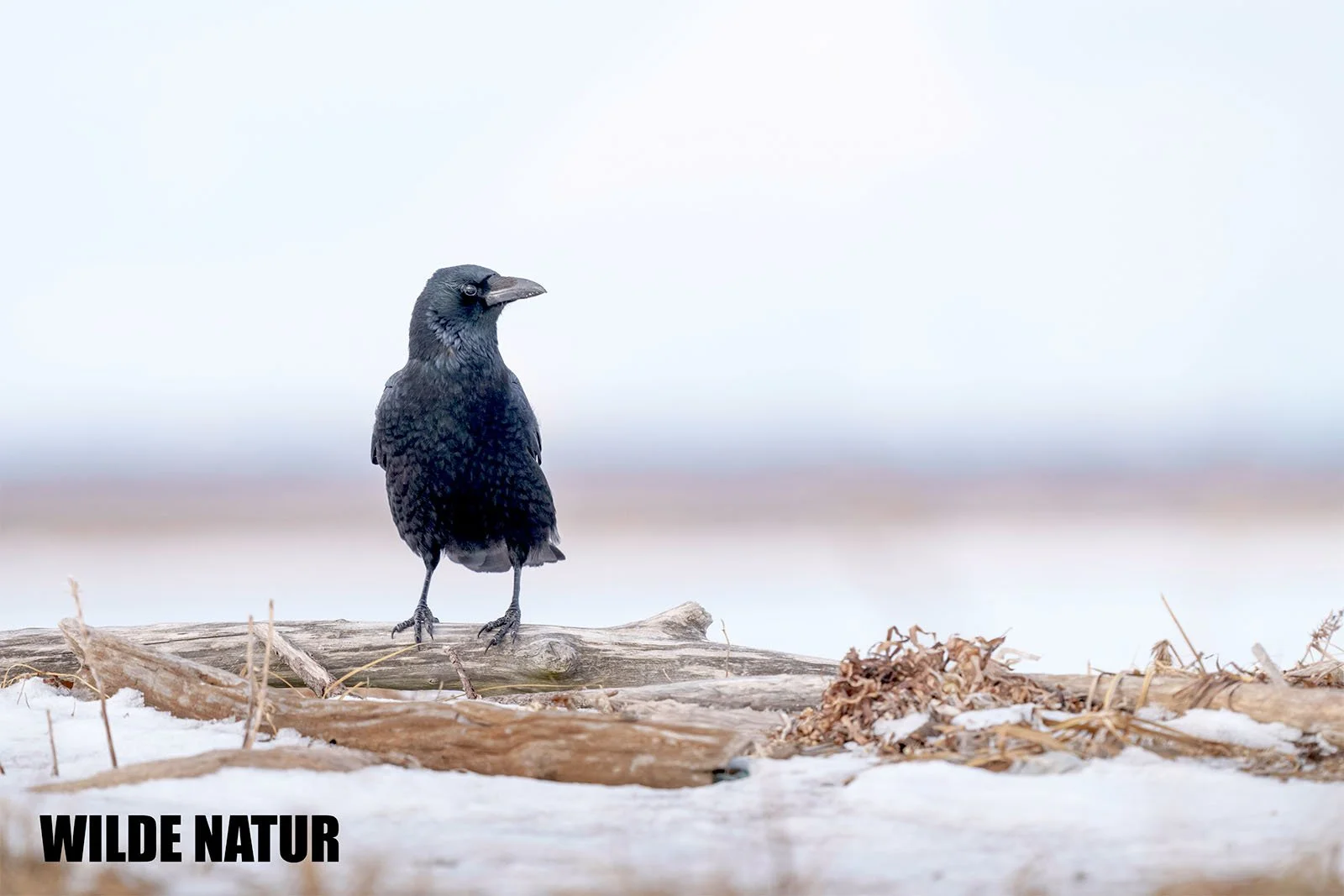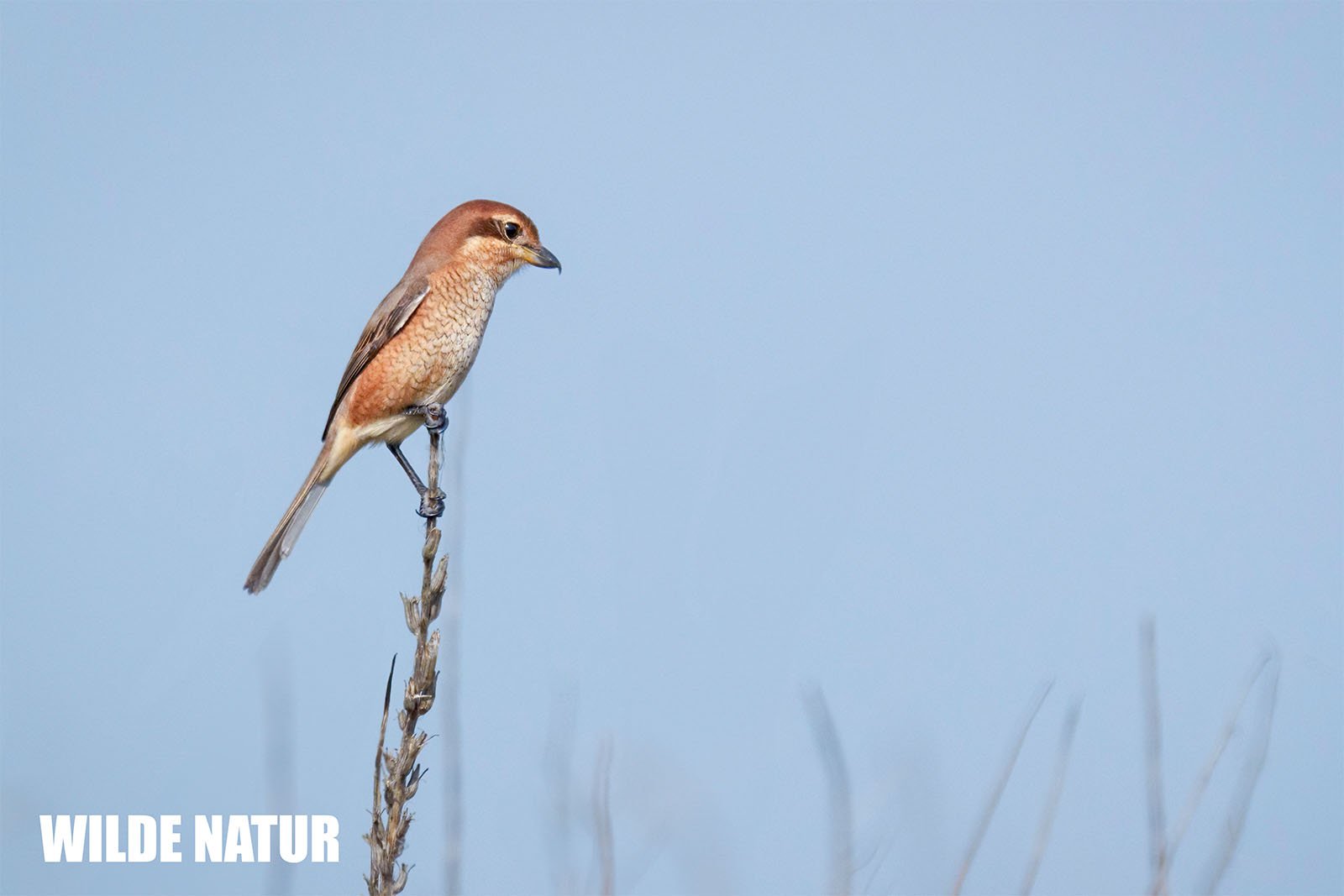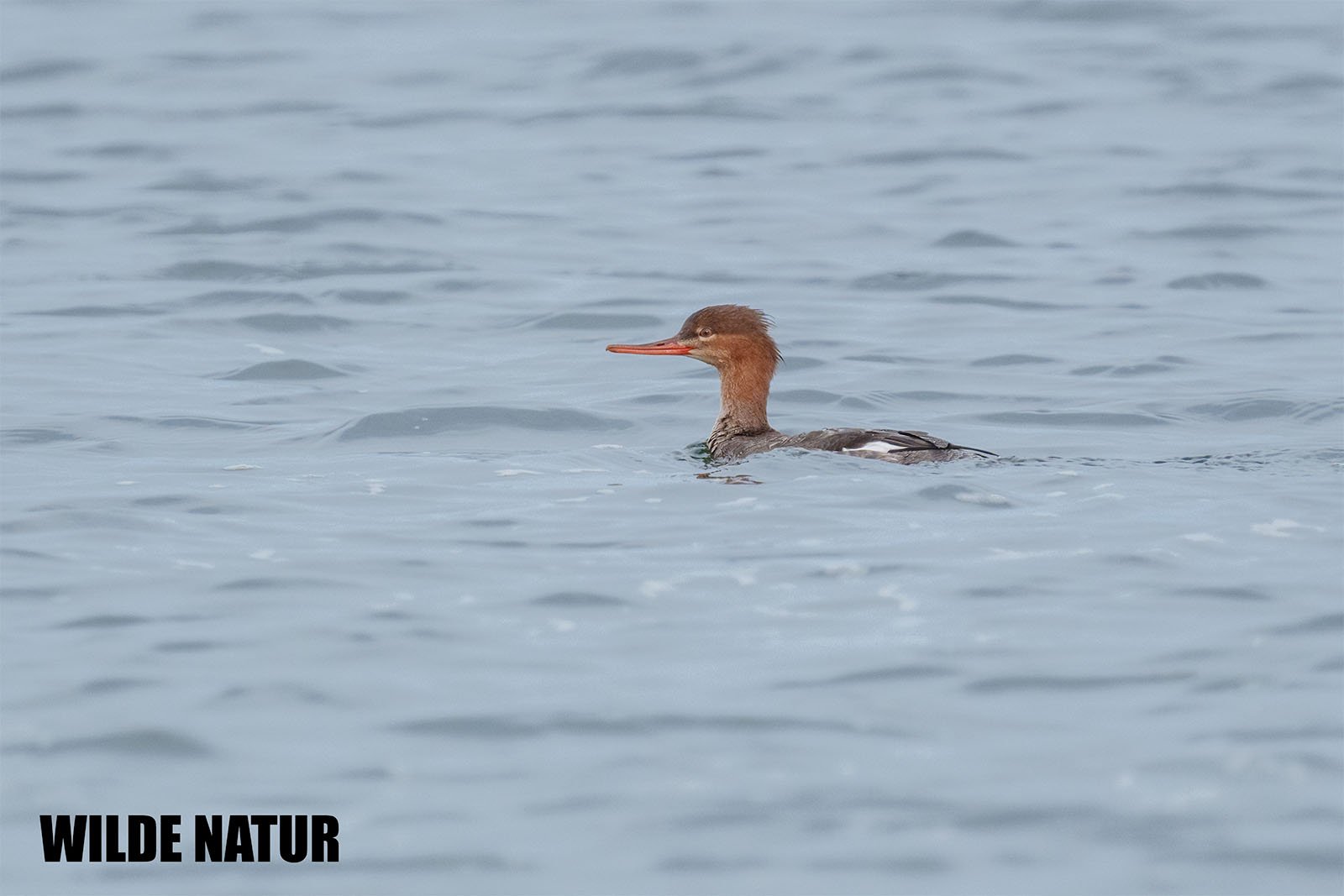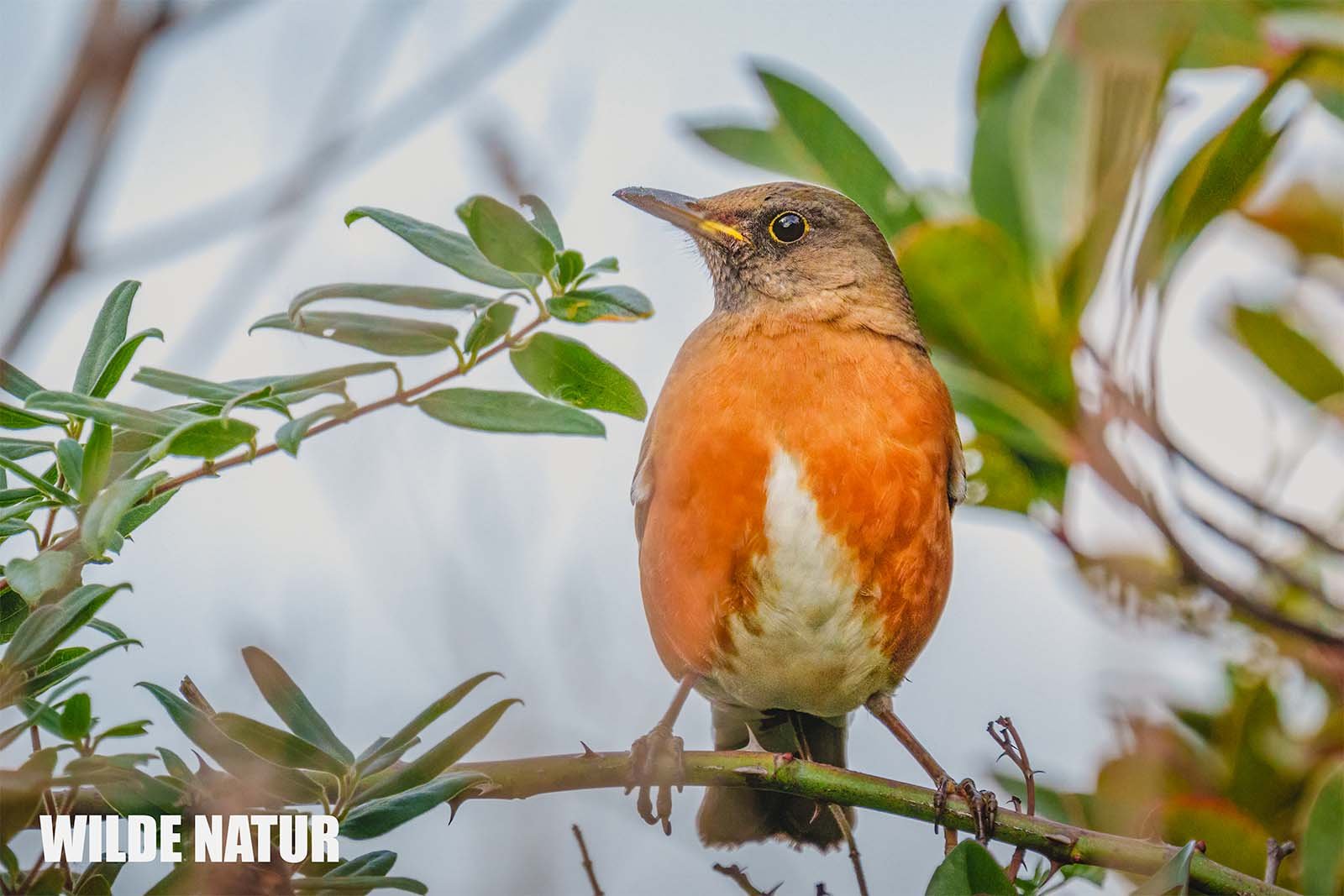Black-tailed Gull (Larus crassirostris)
Black-tailed Gull (Larus crassirostris) and it thick yellow-black-red bill
Black-tailed Gull – A Character Bird on Japan’s Coasts
The Black-tailed Gull (Larus crassirostris) is a striking coastal bird with a yellow beak and black tail band – common but sensitive in population.
Shortlist – At a Glance
- Scientific Name: Larus crassirostris
- Common Name: Black-tailed Gull
- Size: approx. 46–48 cm
- Weight: 430–700 g
- Color: White head, gray back, black tail band
- Characteristics: Yellow beak with red & black spot
- Diet: Fish, garbage, eggs, carrion
- Breeding: Colonial nester, 2–3 eggs
- Habitat: Coasts, harbors, islands
- Migration Behavior: Regionally migratory
- Conservation Status: Common, not endangered
Table of Contents
- Introduction
- Appearance and Features
- Habitat and Distribution
- Diet and Behavior
- Breeding Behavior and Colonies
- Migration Behavior and Seasons
- Population and Conservation Status
- Descriptive Summary for the Visually Impaired
- FAQ – Frequently Asked Questions
Introduction
Bold, alert, and always present: The Black-tailed Gull is a coastal bird with a recognizable appearance. While other gulls squawk, vanish, or keep their distance, this one is always in the middle – whether on harbor quays, in fishing bays, or on cliff islands.
Its bright yellow beak with red and black spots, along with its contrasting flight pattern, makes it a true character type among East Asian gulls.
Appearance and Features
The Black-tailed Gull is medium-sized – about the length of a tennis racket – and robustly built.
Typical Features:
- Head and underside: Bright white
- Back and upper wings: Light gray
- Wing tips: Dark with white “windows”
- Tail: White with a wide black band
- Beak: Strong yellow, with red and black spots at the tip
- Legs: Greenish-yellow
- Eyes: Bright with a fine red ring around the lid
In the air, it displays a striking flight pattern with contrasting wing tips and the black tail band.
Habitat and Distribution
The Black-tailed Gull is widely distributed along Japan’s coasts – and is a year-round companion.
Presence:
- Honshū, Shikoku, Kyūshū, occasionally also Hokkaidō
- Year-round presence, especially in mild coastal regions
Preferred Areas:
- Harbors, beaches, fish markets, cliff islands
- Inland waters, river mouths
- Also commonly seen in urban areas
It is not shy of humans – on the contrary, it often benefits from them.
Diet and Behavior
The Black-tailed Gull is an omnivore with a clear tendency for convenience. It takes what it finds:
Food Sources:
- Fish, crabs, snails
- Food scraps, fish waste, garbage
- Also carrion or eggs of other birds
Hunting Techniques:
- Catches food in flight
- Searches on the ground or on water
- Picks food out of gaps, nets, or waves
It follows fishing boats and waits in harbors for food – often with other gulls of the same species.
Breeding Behavior and Colonies
Breeding begins in May. Black-tailed Gulls breed colonially, often on remote cliffs or islands.
Breeding Details:
- Nest: Shallow depression, lined with plant material
- Clutch Size: 2 to 3 eggs
- Incubation Period: Around 24 days
- Both parents incubate and care for the chicks
- Chicks are precocial, but still cared for by parents
Especially well-known: The colony on Kabushima – a landmark for the species, deeply embedded in Japan’s cultural memory.
Migration Behavior and Seasons
The Black-tailed Gull is mostly sedentary, but shows regional migratory behavior:
- Year-round in many coastal regions
- Migration movements during strong winter conditions or food shortages
- Often small groups migrating along the coast
Flexibility is part of its success.
Population and Conservation Status
The Black-tailed Gull is common in Japan – but like many colonial breeders, it faces challenges:
- Disturbances at breeding sites (tourism, development) can be regionally problematic
- Still: No urgent conservation needs
It is adaptable, assertive – a robust part of Japan’s coastal ecosystem.
Descriptive Summary for the Visually Impaired
Imagine a medium-sized gull with a white head, light chest, and a soft gray back. Its wings are dark at the tips, with small white highlights at the ends – like shiny points.
Striking is the strong yellow beak, with a red and black spot at the tip – as if two drops of paint were applied.
Its legs are yellowish-green, and its eyes are bright, surrounded by a fine red eyelid ring, giving it an alert look. The tail ends in a broad black band – like it was drawn with ink.
It stands confidently on quays, rocks, or marketplaces – often near people.
FAQ – Frequently Asked Questions
1. Where does the Black-tailed Gull live?
Along Japan’s entire coastline – in harbors, on islands, at beaches.
2. How can you recognize it?
By its yellow beak with red and black spots, its light gray back, and its black tail band.
3. What does the Black-tailed Gull eat?
It is an omnivore: fish, scraps, eggs, carrion – depending on what’s available.
4. Is it a migratory bird?
Mostly a resident bird, but it can migrate regionally, e.g., during cold spells or food shortages.
5. Is the species endangered?
No – its population is stable, and it is considered not endangered.




